Barcelona Architecture: Modernisme and More
Exploring the city that won the Royal Gold Medal for architecture
Barcelona’s many attractions make it popular with tourists. One of those attractions is the interesting and beautiful architecture found within the city. In 1999, Barcelona was awarded the Royal Gold Medal for architecture by the Royal Institute of British Architects. The Royal Gold Medal is an annual award, approved personally by Her Majesty the Queen, given to a person or groups of people whose influence on architecture has had an international effect.
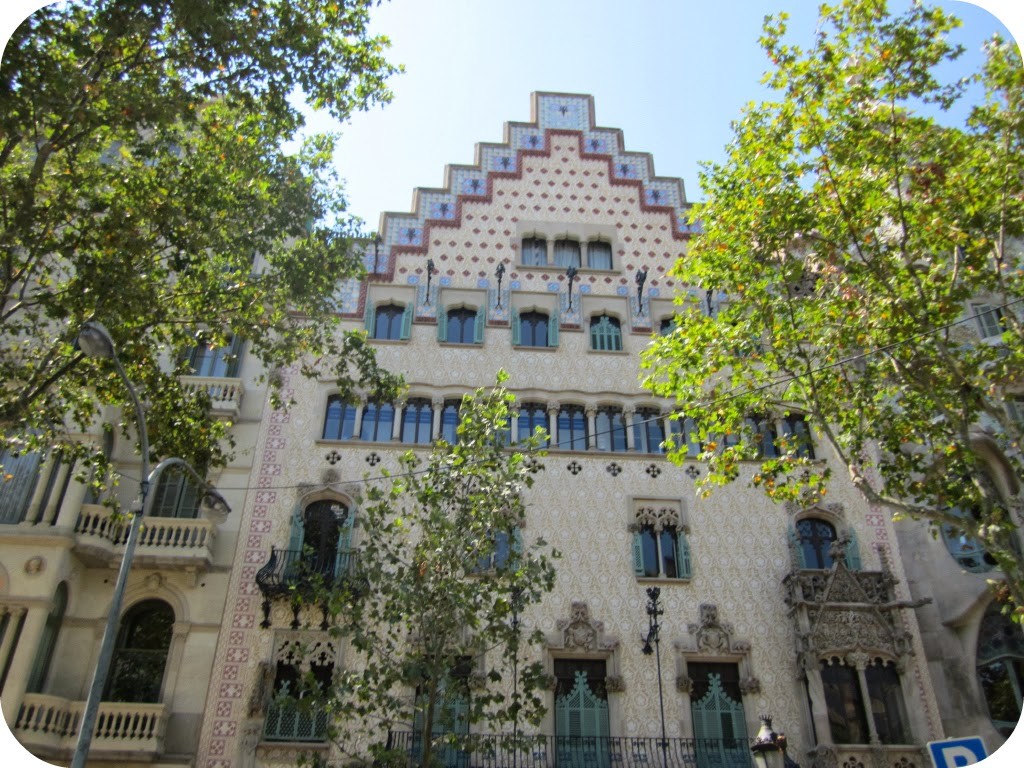
Barcelona is the largest city in Catalonia, an autonomous community of Spain. Modernisme is the city’s defining architectural style. It is a colourful, free-flowing, organic style that began in 1888 and was active until about 1910. It built upon the Catalan Gothic style, and aimed to create objects that were both functional and decorative, utilizing the latest construction techniques. In the late 19thcentury, Barcelona was booming, expanding, and in the midst of a Catalan cultural revival movement, an environment that fostered the Modernisme movement. Hundreds of buildings were constructed, most in the newly expanded area of the city, the Eixample area.
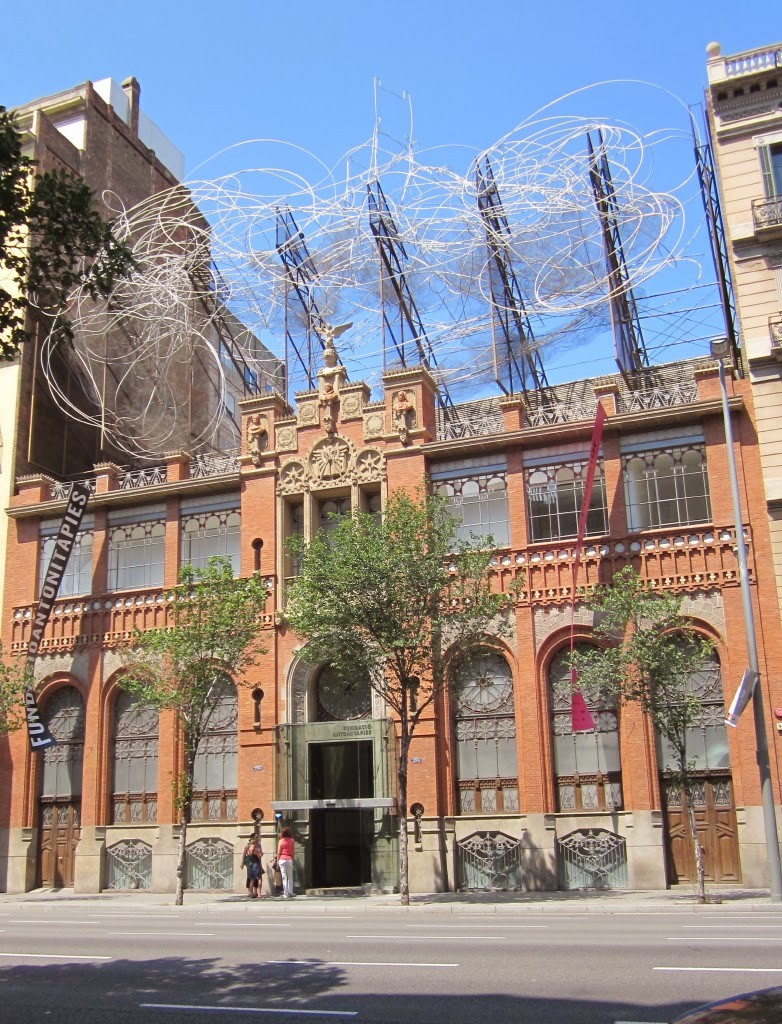
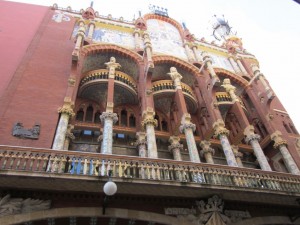
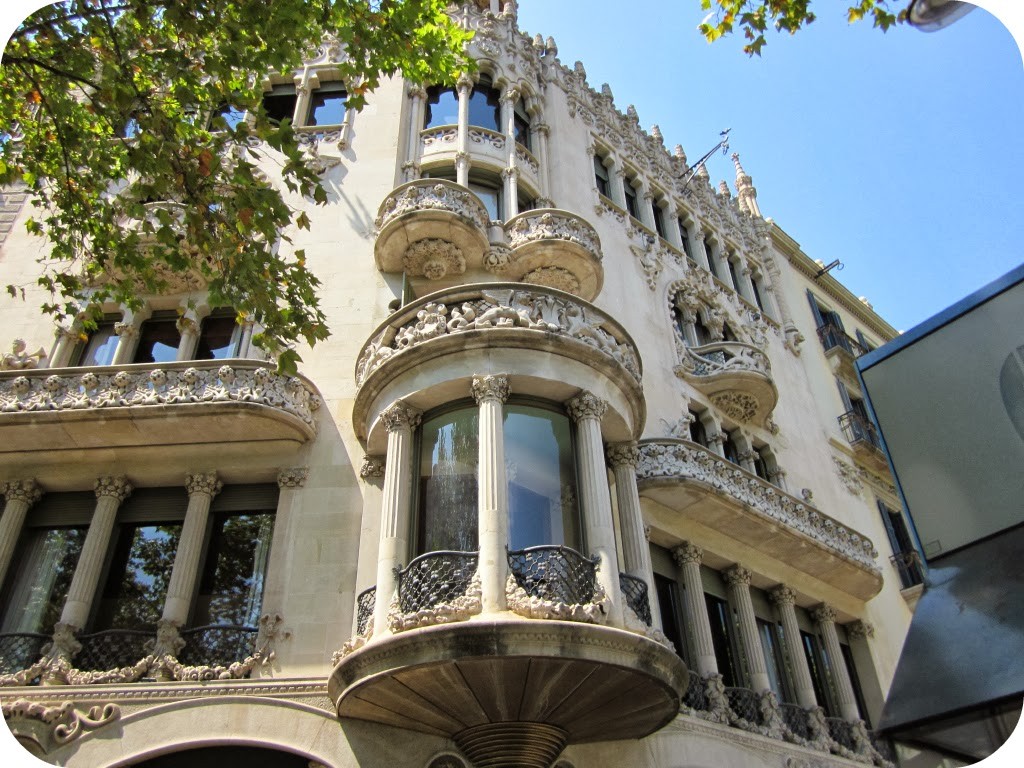
Modernisme architecture features sinuous lines, bright colours, and lots of ornamentation. It incorporates elements of Gothic and Arab styles, such as ceramics, spires, towers, repeated patterns, as well as different mediums, including iron, tile, and stained glass. The result is spectacular, even if it sometimes seems a little “over the top”.
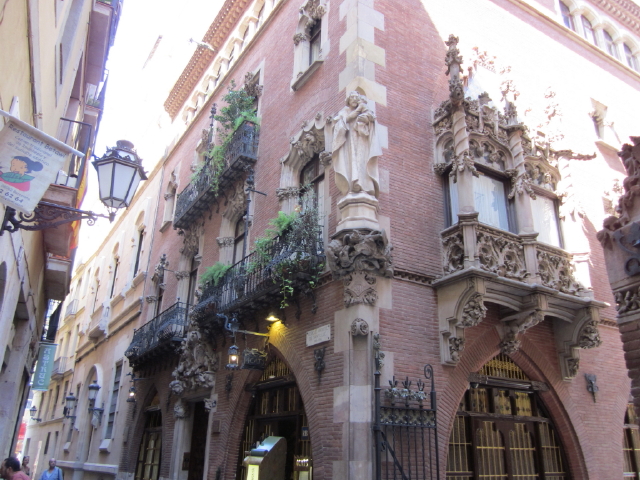
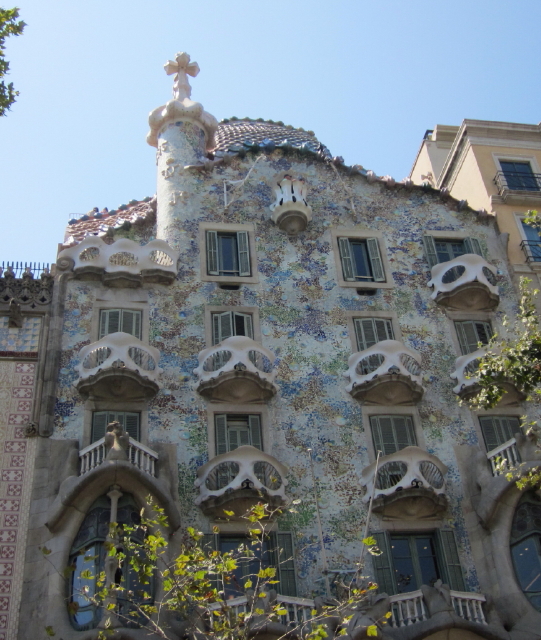
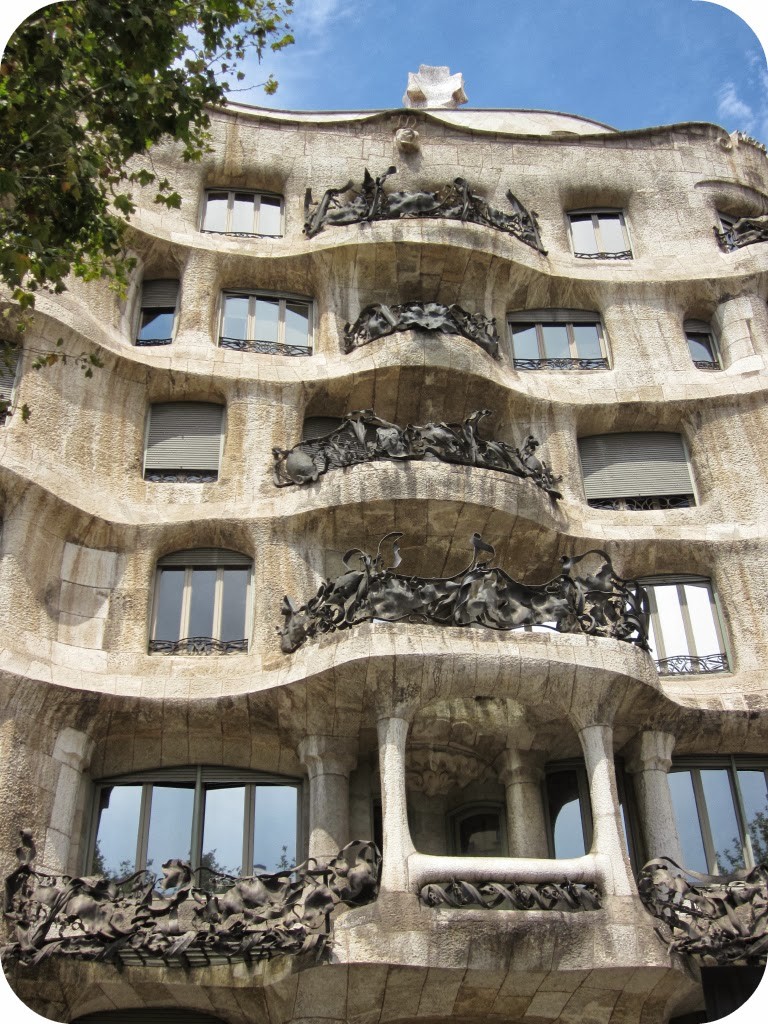
Antoni Gaudí is the architect most frequently associated with Barcelona. He went beyond the bounds of modernism. His works are dominated by organic forms. His techniques for optimizing structures were revolutionary and ingenious. See my post Barcelona’s Gaudí: Madman or Genius?
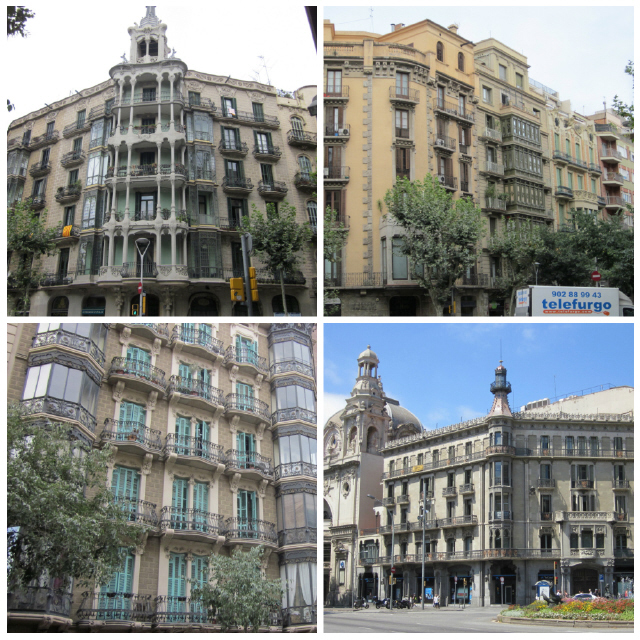
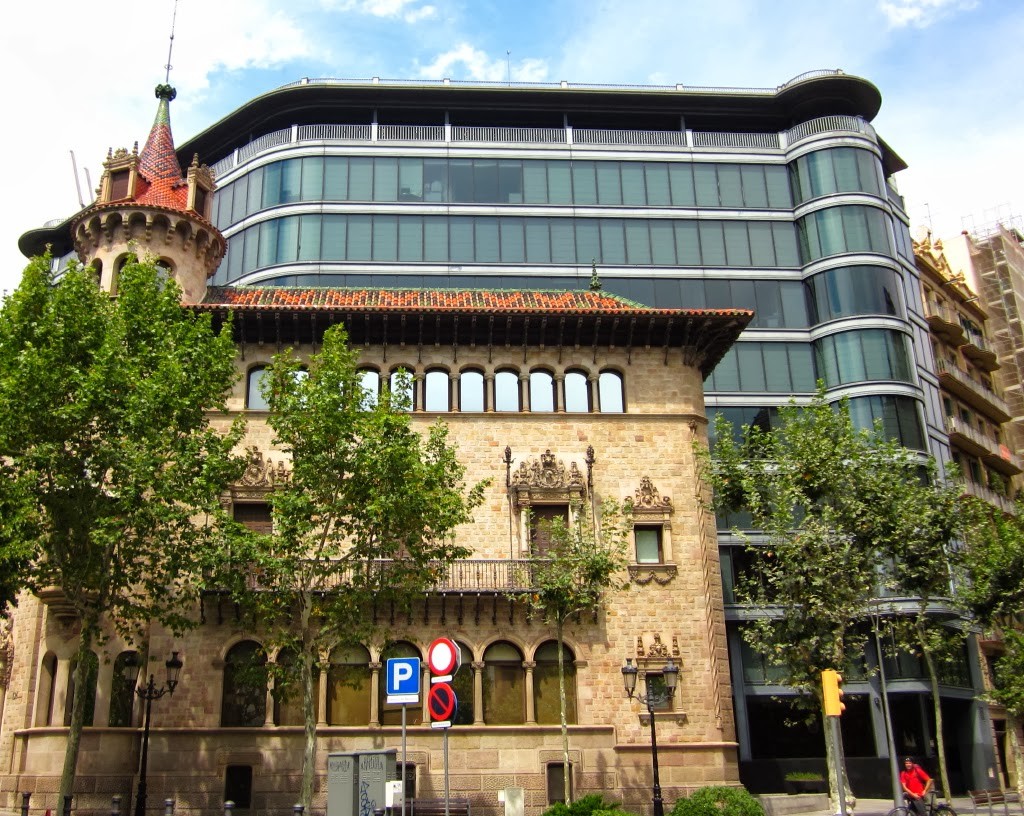
It is the unique Modernisme architecture that Barcelona is most famous for, but that is not the only architectural style to be found in the city.
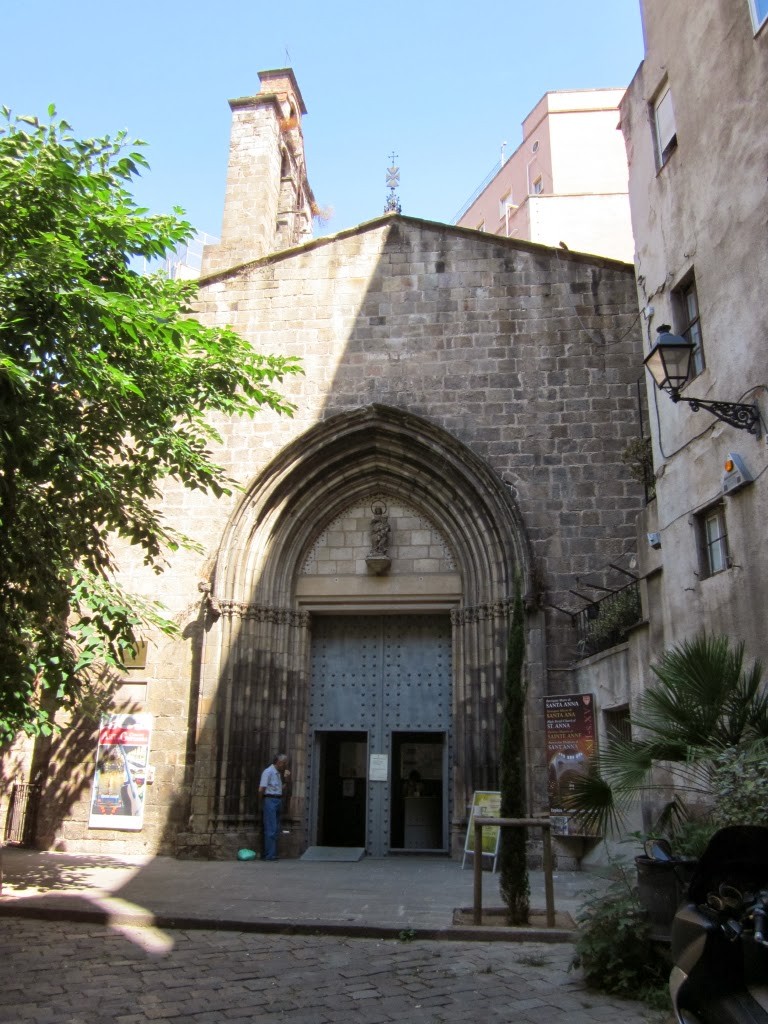
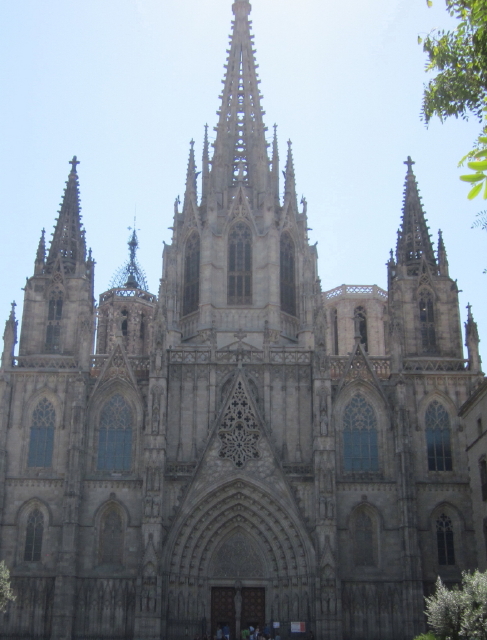
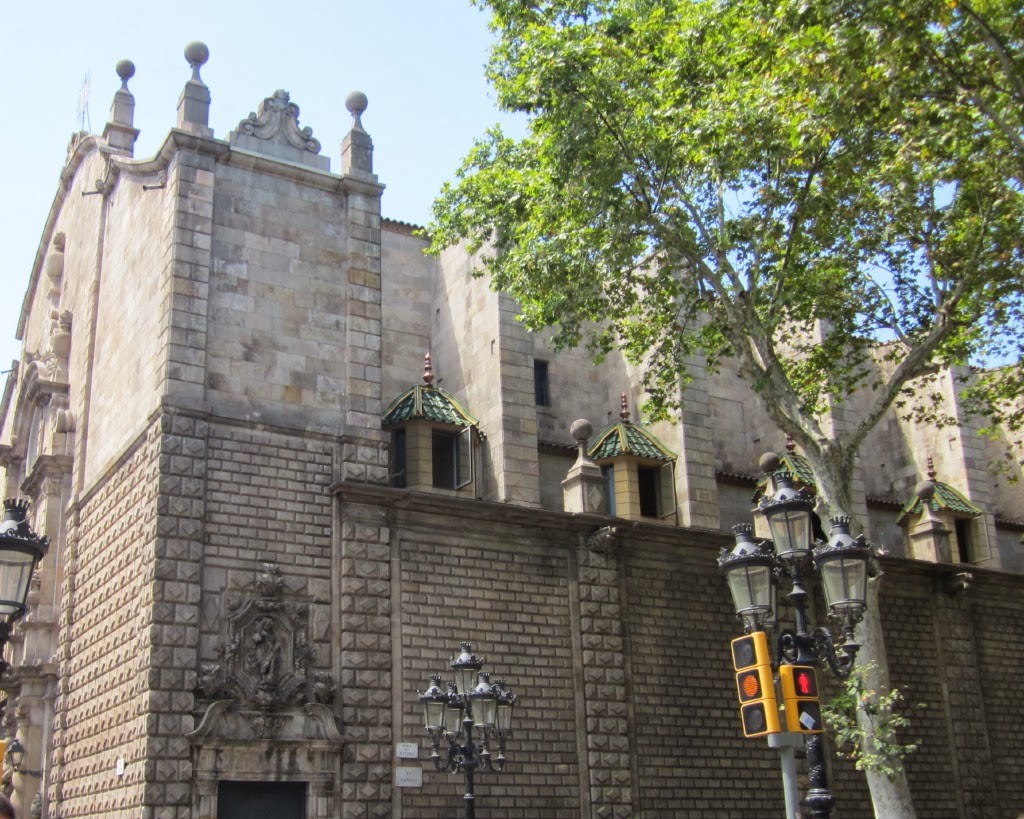
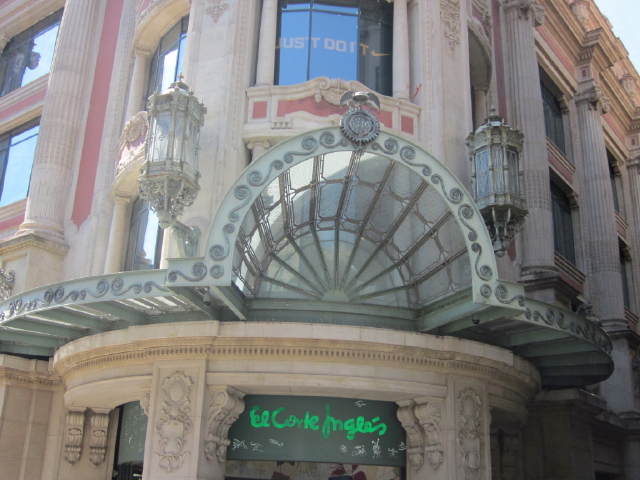
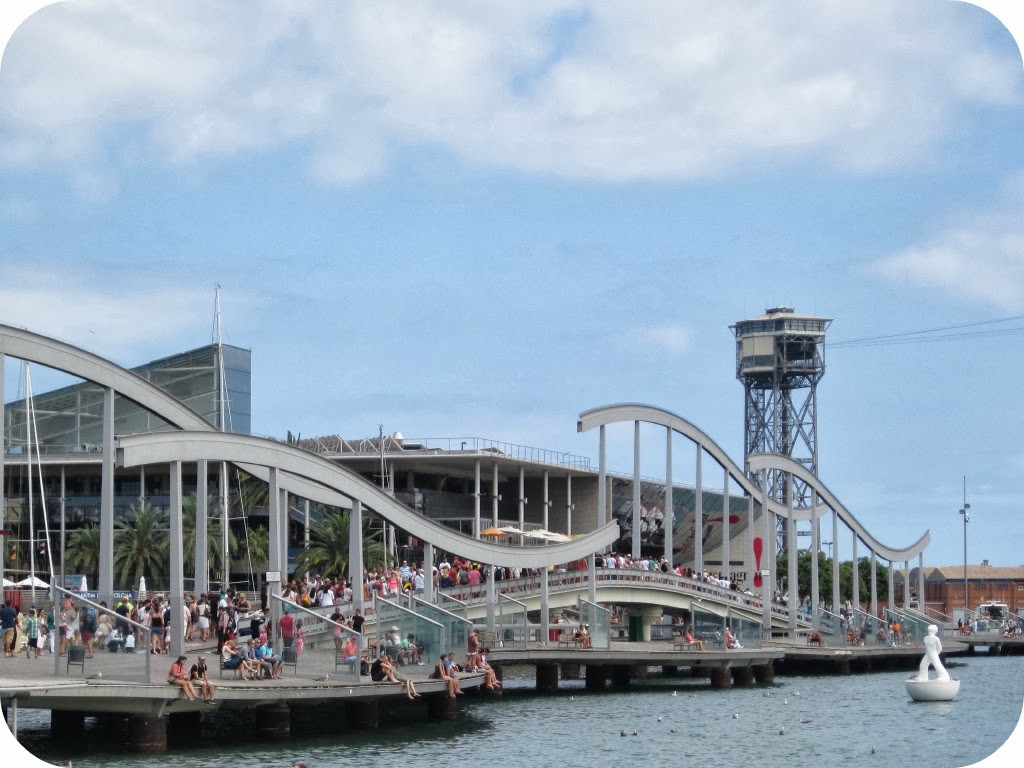
An urban renewal project, undertaken as part of preparations for the 1992 Barcelona Olympics, turned the city’s obsolete, run-down harbour area into a yacht basin and entertainment centre. The Rambla de Mar, a wooden pedestrian bridge connects to Maremàgnum, a shopping and entertainment complex. The bridge was designed by architects Viaplana & Piñon. Its wavy pattern symbolizes the connection of the city with the Mediterranean.
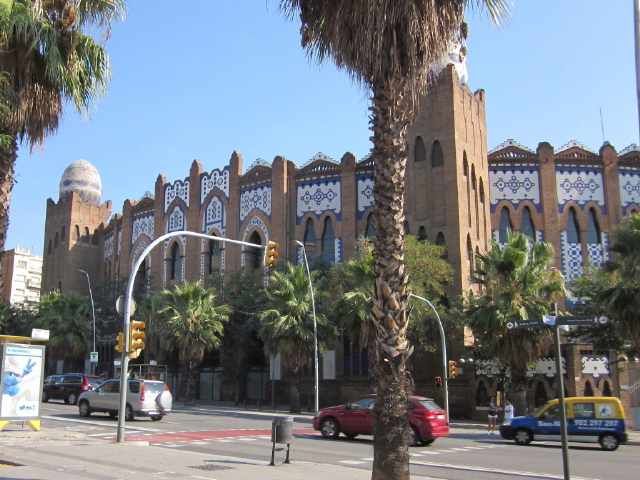
Inagurated in 1914, it now houses The Bullfighting Museum of Barcelona and hosts concerts. Catalonia banned bullfighting in 2011.
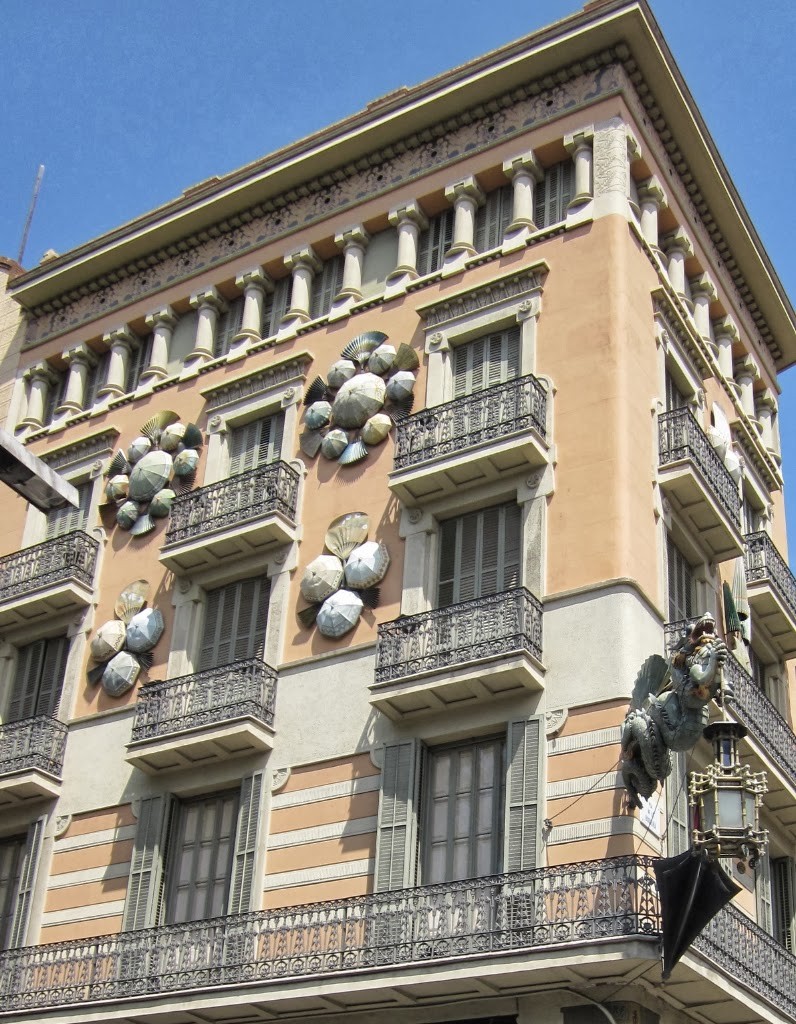
In a style similar to Modernisme, it incorporates Egyptian imagery and Oriental symbols.
Umbrellas adorn the walls and a Chinese dragon holding a lantern juts out from the corner.
Dragons are an important Catalan symbol for Barcelona, connected to its dragon-slaying saint, St. George (Jordi).
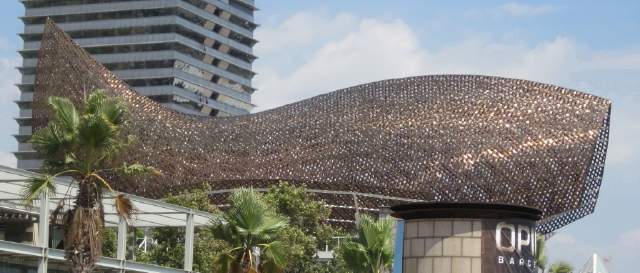
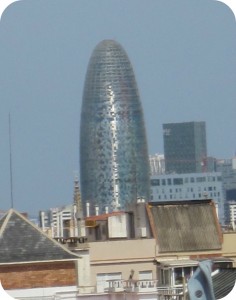
The 38-story Torre Agbar was built by the Grupo Agbar, the municipal water company. It opened in 2005. The coloured aluminium sheeting reflects light and consists of 40 different colours of high gloss and the tower changes colours with the light. According to Jean Nouvel, the French architect who designed the building, its shape was inspired by Montserrat, a mountain near Barcelona, and the shape a geyser rising into air. He also described it as having phallic character. Its unusual shape has earned it many nicknames, including the Suppository and the Gherkin.
No article on Barcelona architecture would be complete without mention of La Sagrada Familia. Construction of La Sagrada Familia, designed by Antoni Gaudí, began in the 1880’s and continues today. It is one of Barcelona’s top tourist attractions.
Do you have any Barcelona architecture favourites?
Get all the info! Destinations Detours and Dreams monthly e-newsletter contains behind the scenes information, sneak peeks ahead, travel story recaps and more. SIGN UP HERE

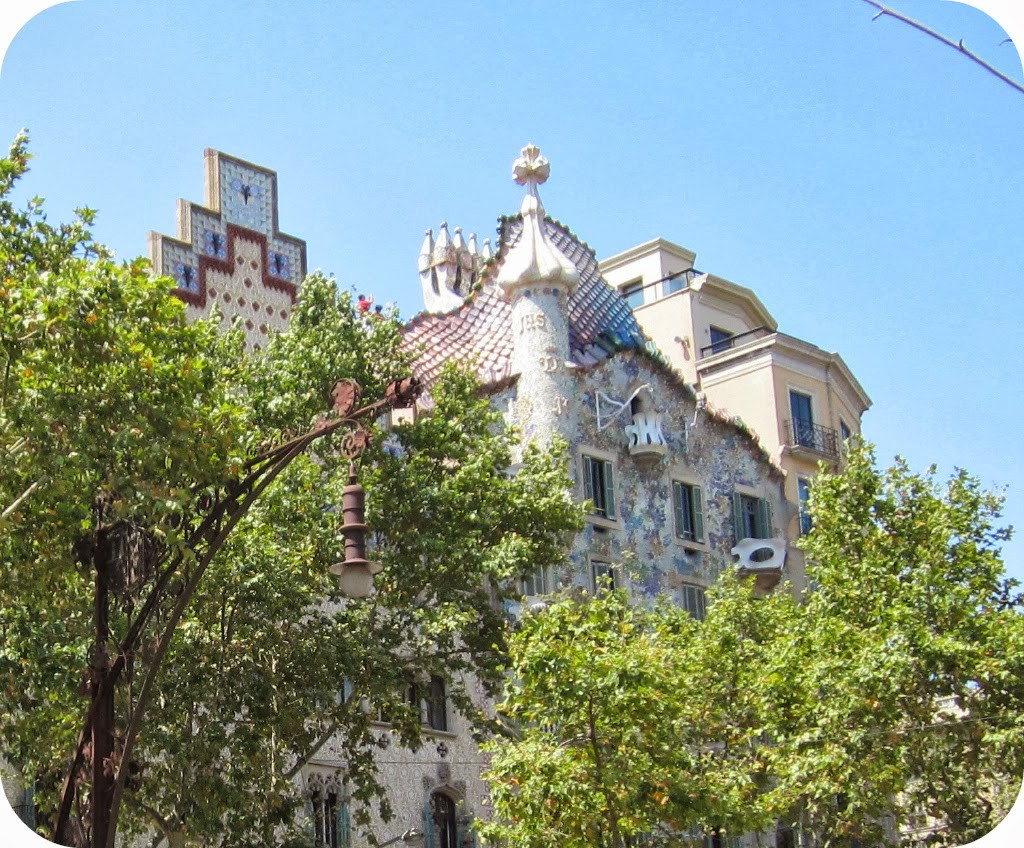
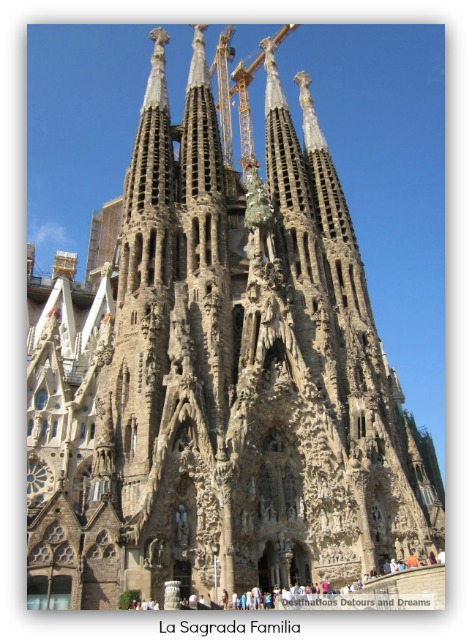
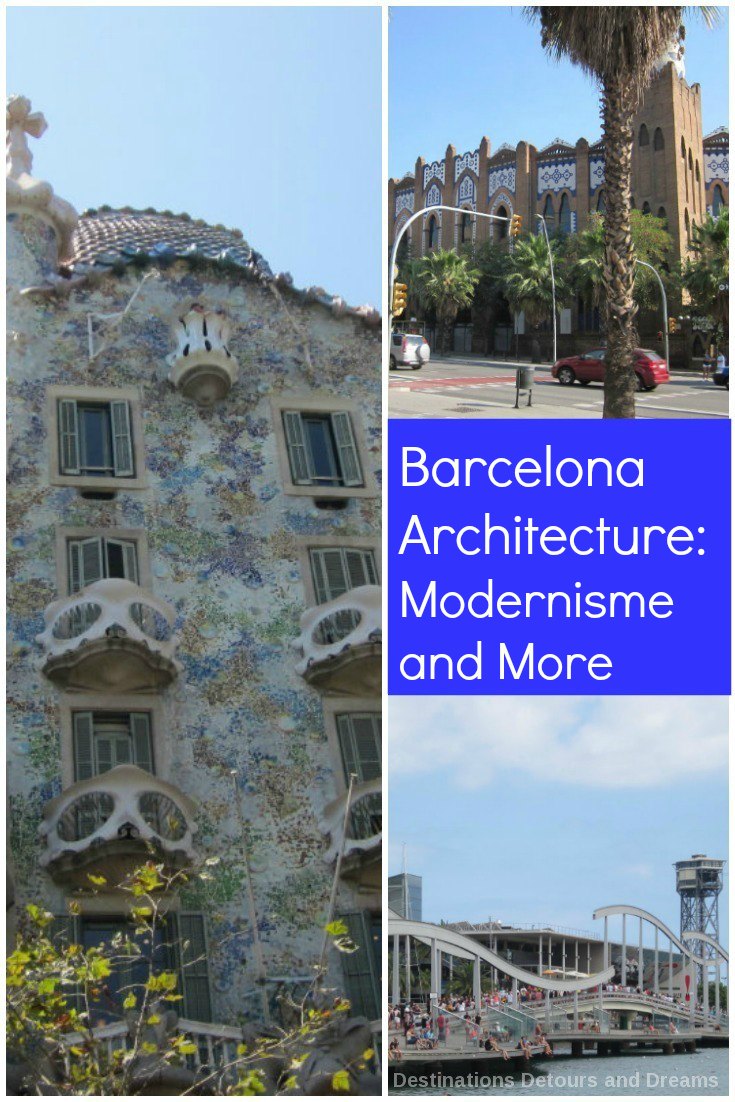
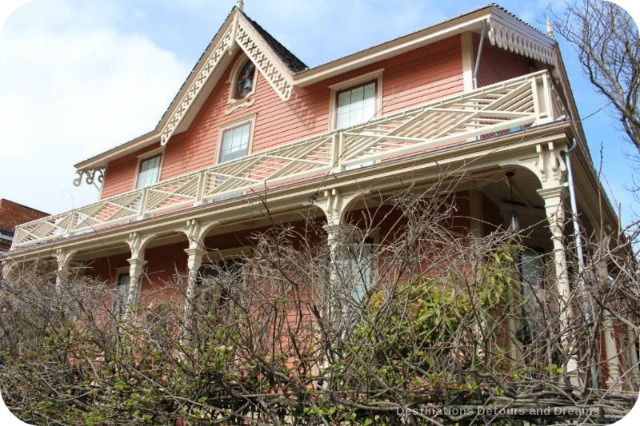
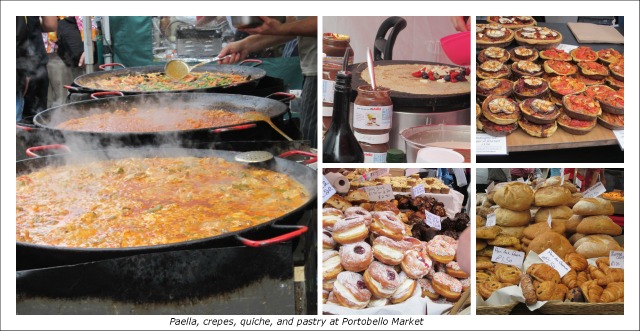
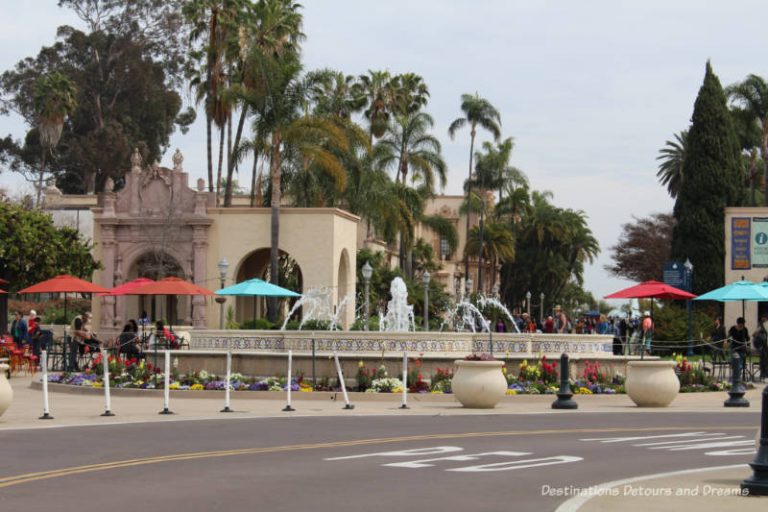
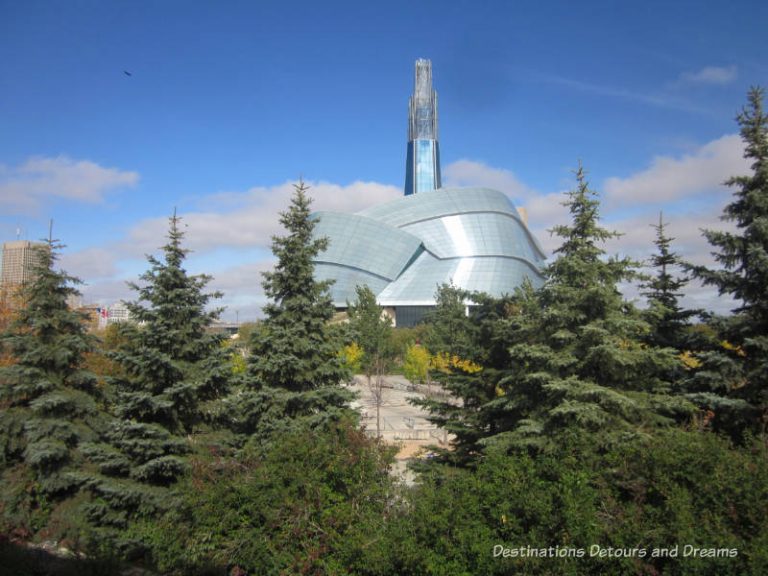
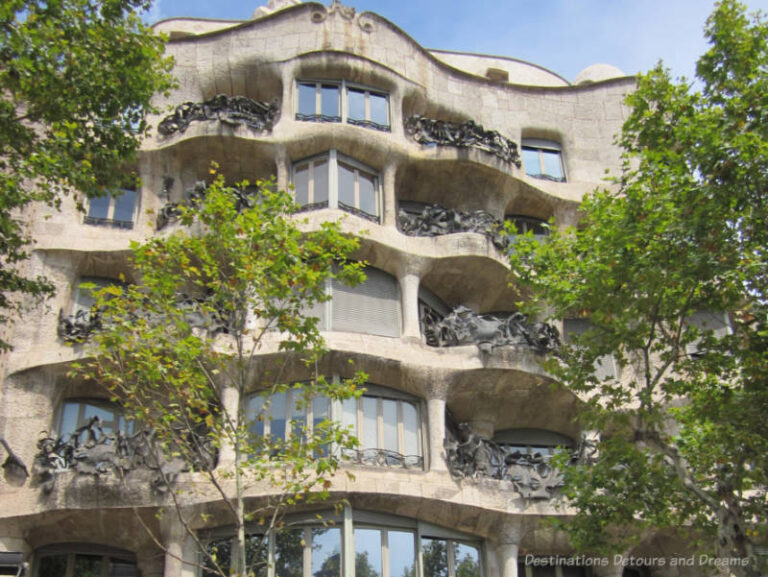
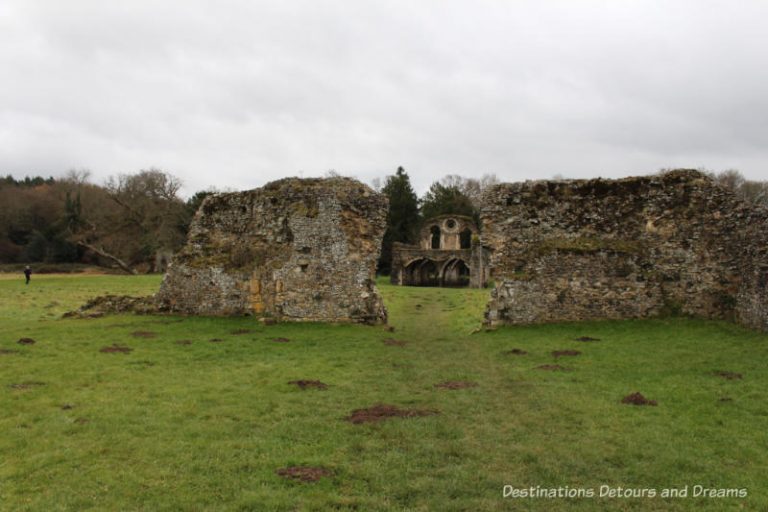
One Comment